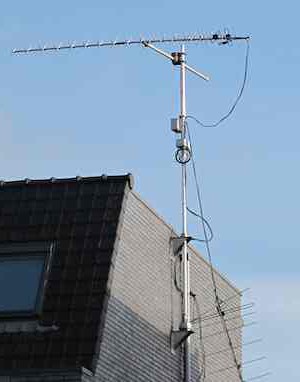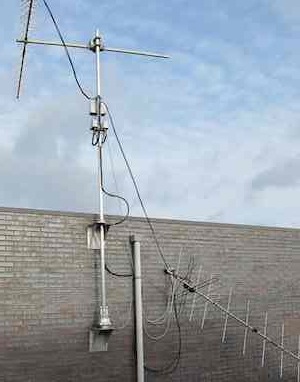The snow is melting and the extra weight is finally disappearing so we can track the satellites again.
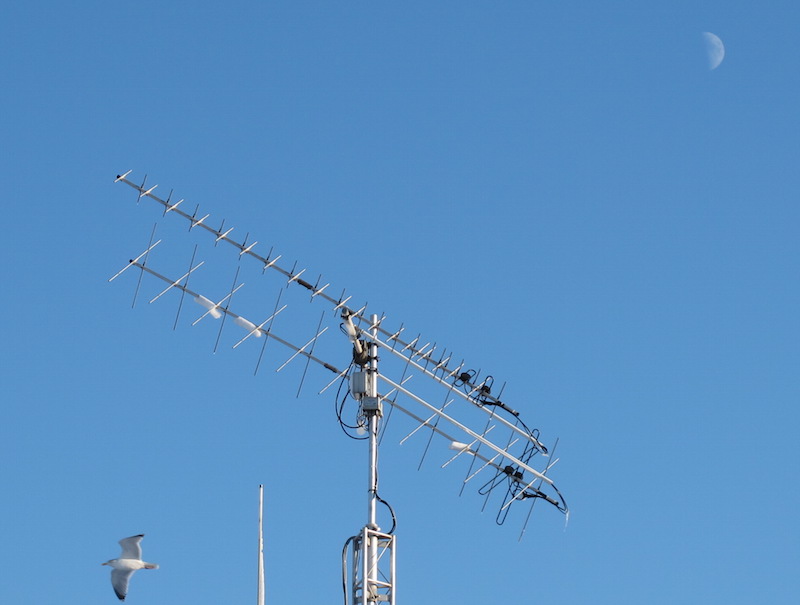

The snow is melting and the extra weight is finally disappearing so we can track the satellites again.

The Dwingeloo Radio-telescope dish will be placed back on the Tower next week.
Peter Bennema (ASTRON – restoration project leader Dwingeloo Radio-telescope) posted the following message on twitter:
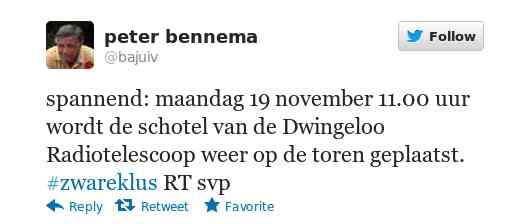
“Exciting: Monday, November 19 11:00 the dish of the Dwingeloo radio-telescope will be placed back on the tower.”
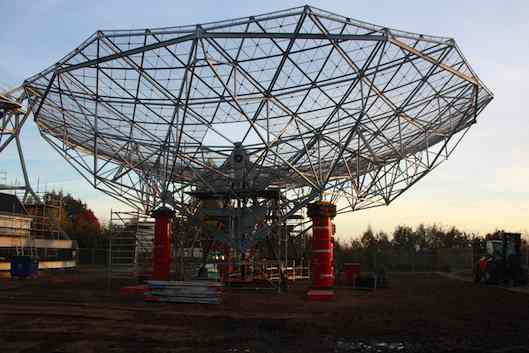
Homepage and other references:
Camras website (PI9CAM)
FUNcube Dongle Pro+ Arrived
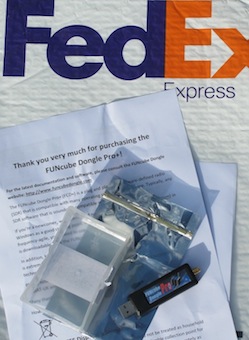 Yesterday I received the new FUNCube in the mail, It all looks very neat and Howard has left nothing to chance to deliver the SDR receiver in the right way. It is shipped in a professional manner, better than many companies.
Yesterday I received the new FUNCube in the mail, It all looks very neat and Howard has left nothing to chance to deliver the SDR receiver in the right way. It is shipped in a professional manner, better than many companies.
In the evening I finally had some time to test this FUNcube, it turned out that during the test there were tropo conditions and that explained why there were so many stations visible on the 192 khz bandwidth in the 2 metre band.
I did a quick scan of the AIR, 2m and 70cm band and it is immediately apparent that we are dealing with a better SDR receiver than the first version. In the next couple of days I will spend more time with the FUNCube and add some experiences to this blog.
One thing though was amazing, I could received FO-29 beacon and the whole transponder passband on a vertical antenna, this had not worked previously.
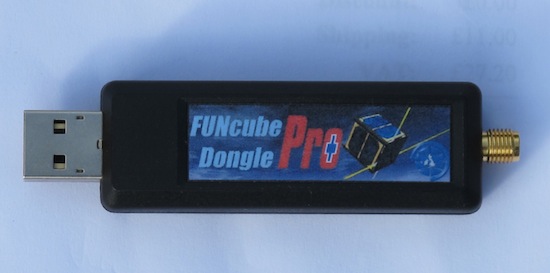
Specifications:
My current SDR setup, FUNcube dongle pro+, Diamond X5000 vertical, SDRSharp development version, high quality 2.5m USB cable and Windows 7 64bit.
Homepage and other references:
FUNcube dongle Pro+ website.
SDRSharp software.
Close-up image captured by NASA’s Solar Dynamics Observatory (SDO) shows the July 6, 2012 X-class flare captured in the 171 Angstrom wavelength.
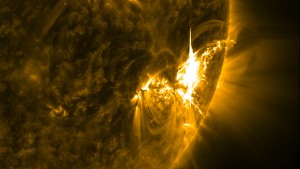
Credit: NASA/SDO/AIA
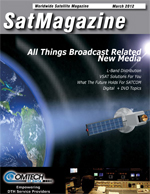 The March issue of SatMagazine features a 4 page article by Randa Relich Milliron, CEO and Co-Founder of Interorbital Systems.
The March issue of SatMagazine features a 4 page article by Randa Relich Milliron, CEO and Co-Founder of Interorbital Systems.
Interorbital Systems plans to launch a number of amateur radio CubeSats along with dozens of TubeSats on it’s Neptune 9 rocket.
Among the CubeSats to be launch by Interorbital Systems is Euroluna’s Romit1 which aims to be the first CubeSat to use propulsion to significantly raise its orbit, from 310 to 700 km.
The Interorbital Systems article appears on page 90 and is followed on page 94 by an article on the Space Foundation which aims to promote science, technology, engineering and mathematics (STEM) in schools.
Download your free copy of the March SatMagazine http://www.satmagazine.com/2012/SM_Mar2012.pdf
[PE0SAT Thanks Amsat-UK and M5AKA for the above information]
The last storm, has blown my Maspro VHF antenna from the mast. I hope that there is a way to repair the damage.
